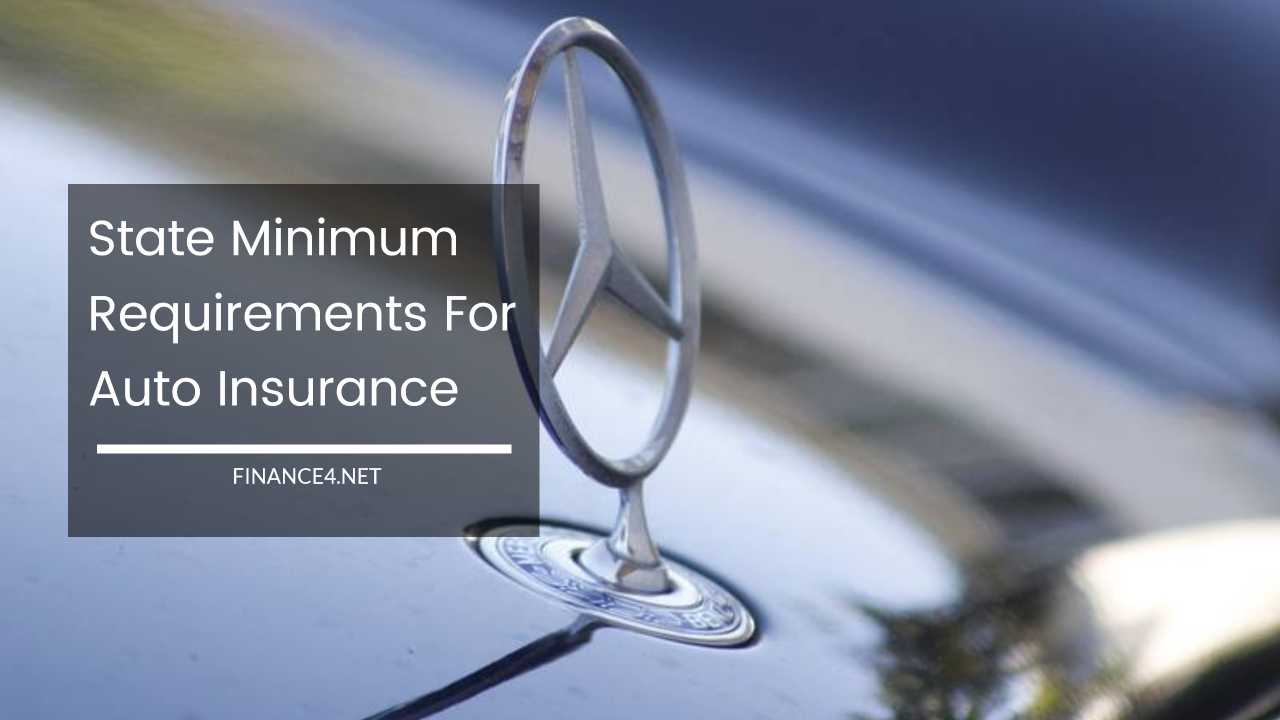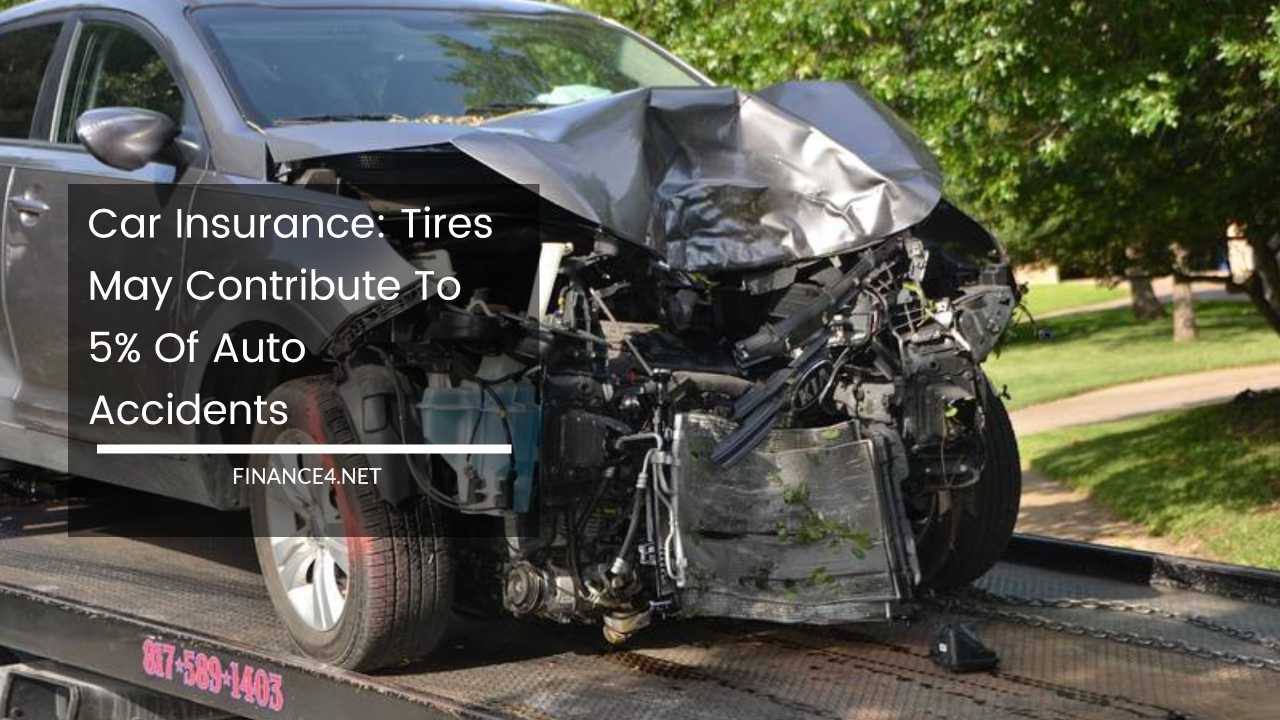State Minimum Car Insurance: What You Need to Know (and Why It Might Not Be Enough)

State Minimum Requirements for Auto Insurance: Driving Informed on a Budget
Car insurance is a mandatory expense for drivers, but navigating the world of coverage options and legal requirements can feel overwhelming.
While some states dictate specific types and amounts of insurance you must carry, others offer more flexibility. This comprehensive guide explores state minimum auto insurance requirements, what they cover, and why venturing beyond the minimum might be essential for complete peace of mind.
Demystifying Minimum Auto Insurance
Minimum auto insurance refers to the lowest amount of coverage your state deems necessary to operate a vehicle legally. It’s crucial to remember that minimum coverage prioritizes protecting others on the road over your own car. Here’s a breakdown of the most common types of minimum required insurance:
- Bodily Injury Liability (BI): This covers injuries sustained by others involved in an accident you cause. It typically has limits expressed in two numbers, like $25,000/$50,000. The first number represents the maximum coverage per person injured, and the second represents the total coverage for all injuries in the accident.
- Property Damage Liability (PD): This covers damage to property belonging to others, such as another driver’s car or a mailbox you hit accidentally. It usually has a single limit, like $10,000.
Navigating the State-by-State Landscape
While most states require some form of liability insurance, there’s significant variation in the minimums. Here’s a more detailed breakdown to help you understand your state’s specific requirements:
- States with Mandatory Minimums: The majority of states mandate minimums for BI and PD coverage. Common limits include 25/50/10 (bodily injury per person/bodily injury per accident/property damage) or variations thereof. You can find your state’s specific requirements on the website of your state’s Department of Motor Vehicles (DMV) or insurance department.
- States with No-Fault Insurance: A handful of states, like Pennsylvania and Florida, have no-fault insurance systems. In these states, your own insurance covers your injuries regardless of who caused the accident. However, these states may still require minimum liability coverage.
- States with Minimum Coverage Options: Some states, like New Hampshire, offer a bare minimum coverage option that only covers medical payments for yourself and your passengers in an accident, with minimal or no liability coverage. This is typically the most affordable option, but it leaves you significantly exposed financially if you cause an accident with substantial damage.
Understanding the Limitations of Minimum Coverage
While minimum insurance allows you to drive legally, it often falls short of providing comprehensive protection:
- Insufficient Coverage: Minimum liability limits might not be enough to cover severe injuries or extensive property damage. In an accident where you’re at fault and the damages exceed your coverage limits, you’ll be personally responsible for the remaining balance. Imagine causing an accident resulting in a serious injury with medical bills exceeding $100,000. With minimum coverage of 25/50/10, you’d be on the hook for the remaining $75,000, which could have a devastating financial impact.
- No Coverage for Your Car: Minimum insurance only protects others, not your own vehicle. If your car is damaged in an accident (even one you didn’t cause), comprehensive or collision coverage is necessary for repairs. Let’s say you park your car and someone accidentally backs into it, causing significant damage. Without collision coverage, you’d be responsible for the repairs out of pocket.
- Uninsured/Underinsured Motorist Coverage (UM/UIM): This protects you financially if you’re hit by a driver with no insurance or not enough insurance to cover your damages. Minimum coverage typically doesn’t include UM/UIM, leaving you vulnerable in such situations. Statistics show that a significant percentage of drivers on the road are uninsured or underinsured. Without UM/UIM coverage, you could be left financially responsible for medical bills and car repairs if such a driver causes an accident.
Building a Safety Net: Exploring Additional Coverage Options
While minimum insurance gets you on the road legally, here are some additional coverages to consider for a more secure driving experience:
- Collision Coverage: This reimburses you for repairs to your car if it’s damaged in a collision, regardless of fault. This is particularly important if you have a financed car, as your lender may require it.
- Comprehensive Coverage: This covers damage to your car caused by events other than collisions, such as theft, vandalism, fire, or natural disasters. Imagine your car being stolen or a falling tree branch damaging it during a storm. Comprehensive coverage would provide financial protection in these situations.
- Uninsured/Underinsured Motorist Coverage (UM/UIM): Protects you financially if you’re in an accident caused by a driver with no insurance or not enough to cover your losses. This can include medical bills, lost wages, and pain and suffering. As mentioned earlier, uninsured drivers are a significant concern, and UM/UIM coverage provides a crucial safety net.
- Medical Payments Coverage (MedPay): This pays for medical bills for you and your passengers, regardless of fault, in the event of an accident. This can be helpful for covering deductibles or out-of-pocket medical expenses not covered by your health insurance.
- Rental Reimbursement Coverage: This covers the cost of renting a car while your vehicle is being repaired after an accident covered by your insurance. This can help minimize disruption to your daily routine.
Tailoring Your Coverage to Your Needs
The right amount of car insurance depends on your individual circumstances. Here are some key factors to consider when making your decision:
- Value of Your Car: If you drive a newer or expensive car, comprehensive and collision coverage are wise investments. These coverages would protect your significant financial investment in the event of damage or theft.
- Driving Habits: If you commute long distances, drive in high-risk areas, or have a history of accidents, more coverage might be prudent. Consider increasing your liability limits and adding UM/UIM coverage for extra protection.
- Financial Assets: Consider how much you could afford to pay out-of-pocket if you were responsible for an accident exceeding your minimum coverage limits. If your financial situation wouldn’t allow for a large unexpected expense, opting for higher coverage limits and additional coverages might be a wise decision.
Shopping for Car Insurance: Getting the Best Deal
Once you understand your state’s minimum requirements and your desired level of coverage, it’s time to shop for insurance. Here are some tips to help you find the best deal on the coverage you need:
- Get Quotes from Multiple Insurers: Don’t settle for the first quote you receive. Compare rates and coverage options from different insurance companies. This will give you a broader picture of what’s available in the market and allow you to find the most competitive rates.
- Consider Discounts: Many insurers offer discounts for good driving records, taking defensive driving courses, insuring multiple vehicles (bundling), having safety features installed in your car, being a student with good grades, or belonging to certain professional organizations. Ask each insurer about available discounts and take advantage of any that apply to you.
- Increase Your Deductible: The deductible is the amount you pay out of pocket before your insurance kicks in. By increasing your deductible, you can typically lower your monthly premium. However, it’s important to choose a deductible amount you can comfortably afford to pay in case of an accident.
- Work with an Insurance Agent: An experienced insurance agent can help you understand your coverage options, assess your risks, and find the best policy for your needs. They can also advocate for you with the insurance company if you need to file a claim.
The Takeaway: Driving Informed with the Right Coverage
While minimum auto insurance allows you to operate your vehicle legally, it often provides insufficient protection for your car and yourself in the event of an accident.
By understanding your state’s requirements, your individual needs, and the available coverage options, you can make informed decisions to secure the right car insurance for peace of mind on the road.
Remember, car insurance is an investment in your financial security – striking a balance between affordability and comprehensive coverage is key.



